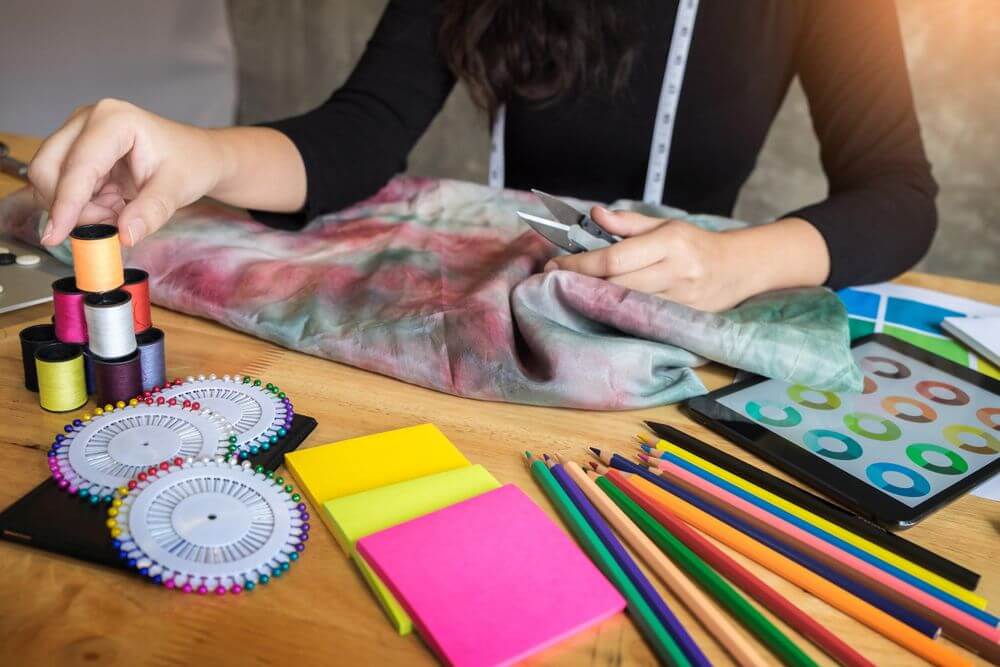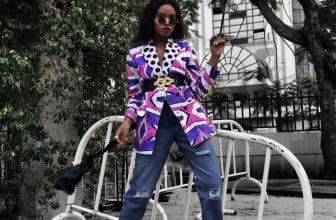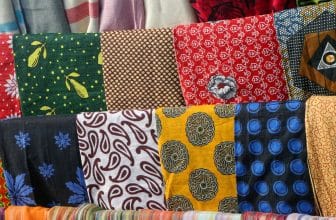How to Identify High-Quality Fabrics Before You Buy

Introduction
When it comes to fashion or interior design, your result is only as good as the fabric you choose.
High-quality fabrics not only look better but also feel softer, drape beautifully, and last for years. Unfortunately, not everyone knows how to tell the difference between premium textiles and cheap imitations.
Whether you’re a tailor, fashion student, designer, or shopper, this guide will teach you exactly how to identify high-quality fabrics before you buy, saving you from costly mistakes and helping you select materials that truly elevate your craft.
1. Examine the Weave Closely
A tight, even weave is one of the strongest signs of quality.
Hold the fabric up to the light — if you see large gaps or irregular patterns, it means the yarns weren’t woven tightly enough.
Fabrics like fine cotton, silk satin, or linen should have consistent texture and symmetry.
A well-woven fabric resists tearing and maintains its shape even after multiple washes.
2. Feel the Texture With Your Fingers
Touch reveals more than sight.
High-quality fabrics feel smooth, firm, and substantial without being stiff.
If a material feels too slippery, thin, or rough, it’s often a sign of poor finishing or synthetic blends.
Natural fibers — cotton, silk, linen, and wool — usually have a soft, breathable texture that improves over time.
![]() Pro Tip: Rub the fabric gently between your fingers. If it pills or sheds fibers easily, it won’t last long.
Pro Tip: Rub the fabric gently between your fingers. If it pills or sheds fibers easily, it won’t last long.
3. Check the Fabric Weight and Drape
Every fabric has its ideal weight. Lightweight materials like chiffon or organza should still have structure, while heavier ones like denim or wool shouldn’t feel stiff or cardboard-like.
To test the drape, hang or fold the fabric loosely. Quality fabrics fall naturally, forming elegant curves rather than awkward folds.
4. Inspect the Finish and Color
High-quality fabrics have even coloration and smooth finishing.
Look for consistency — the color should not fade or bleed when rubbed lightly with a white cloth.
Finishing processes like mercerizing (for cotton) or calendaring (for silk) add a soft sheen and durability.
If the surface looks uneven, shiny in patches, or overly stiff, it might have been treated with low-quality chemicals.
5. Do the Strength Test
Gently pull the fabric on both sides.
A strong fabric should resist excessive stretching and bounce back without warping.
Weak fabrics, on the other hand, distort easily and may lose shape quickly during sewing or wearing.
For woven fabrics, you can also tug slightly at the edges — if threads start pulling out or fraying immediately, the weave is too loose.
6. Smell and Burn Test (Optional)
If possible (especially when buying from wholesalers or open markets), test a small thread.
Natural fibers like cotton or silk smell like burning paper or hair, while synthetics release a chemical or plastic odor.
This simple test helps you confirm whether the material is pure or mixed with polyester blends.
7. Ask for Fabric Origin and Certification
Reputable sellers or brands often indicate fabric origin — for example, “Italian linen,” “Egyptian cotton,” or “Japanese silk.”
These names often represent regions with strict textile quality standards.
Also, if available, look for certifications like OEKO-TEX®, GOTS, or Better Cotton Initiative, which guarantee that the fabric was made safely and sustainably.
Closing Thoughts
Choosing high-quality fabrics is both a science and an art.
Once you train your eye and hand, you’ll instantly recognize premium materials that elevate your fashion, décor, or sewing projects.
At WeFabrics, we’re passionate about helping designers and creators master this skill.
Because every great creation begins with one smart choice — the right fabric.






